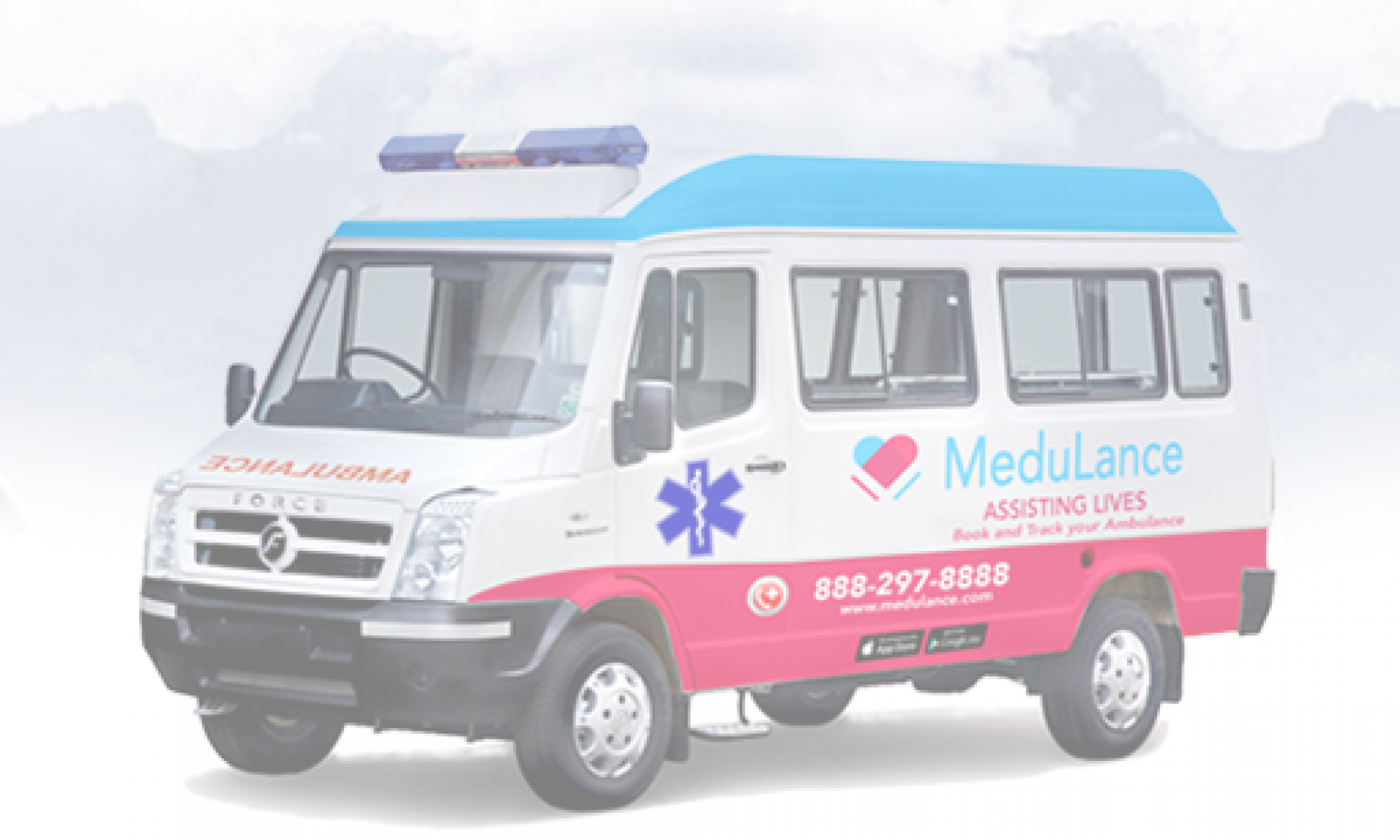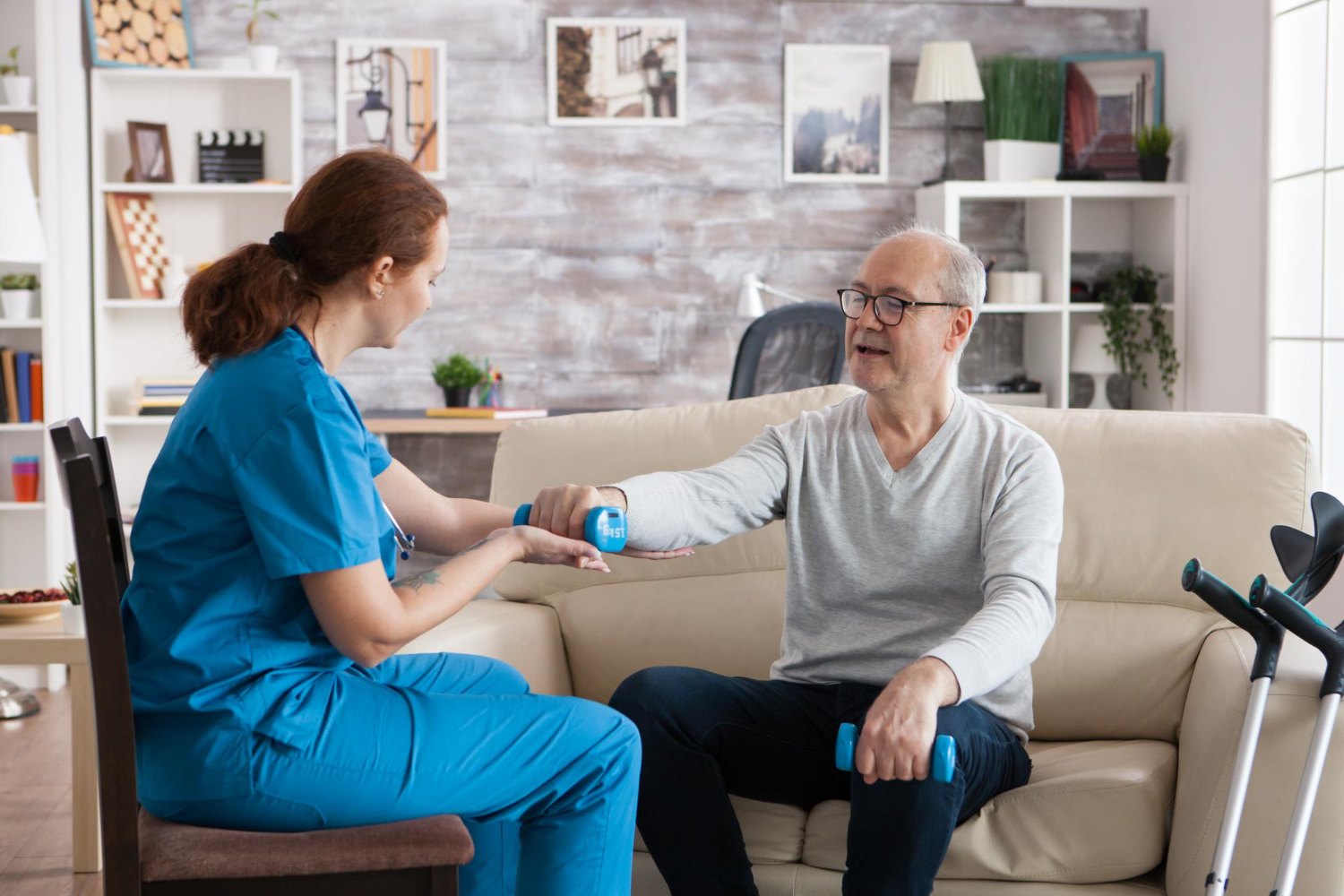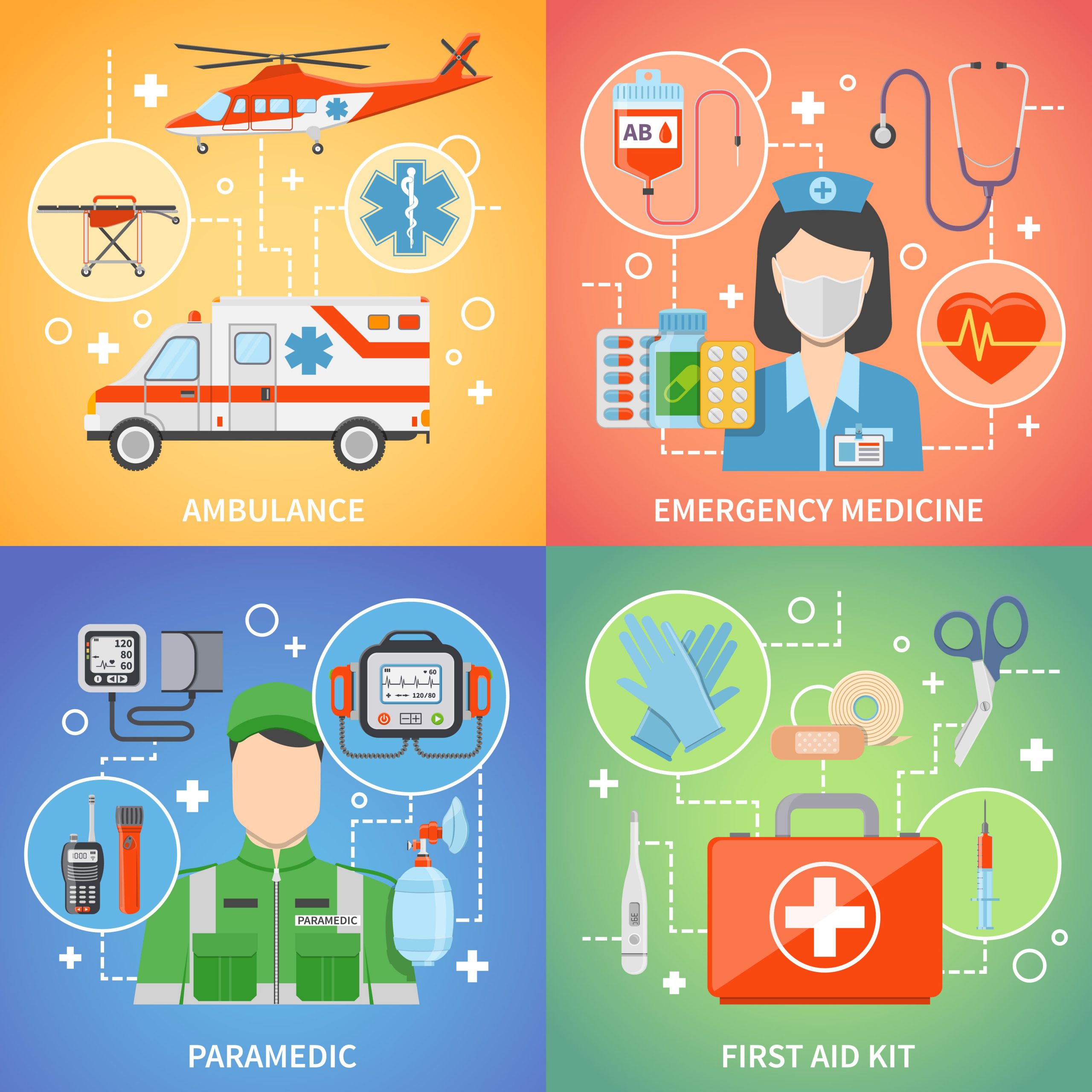Hold onto your stethoscopes and charge up your smart devices, because the future of healthcare is here! As we move into 2023, digital health is poised to make some major strides forward, with cutting-edge technologies and innovative approaches transforming the way we approach healthcare. So, let’s dive into the top five digital health trends that are set to take the healthcare world by storm in the coming year.
Digital Health Trends to Consider in 2023
Digital health is a rapidly evolving field, and there are several trends that are likely to gain momentum in 2023. Here are a few that healthcare providers and patients should be aware of:
- Telemedicine and Virtual Care:
- Wearable technology:
- Artificial intelligence (AI):
- Personalized medicine:
- Blockchain:
Telemedicine and virtual care have been gaining popularity for several years, but the COVID-19 pandemic accelerated their adoption.
Wearable technology such as smartwatches and fitness trackers have become increasingly popular in recent years, and they are likely to become even more sophisticated in 2023.
AI is already being used in healthcare in a variety of ways, from assisting with diagnosis to predicting which patients are at the highest risk for certain conditions.
Personalized medicine is an approach to healthcare that takes into account a patient’s unique genetic makeup, lifestyle, and medical history when developing treatment plans.
Blockchain is a secure and transparent way to store and share data, and it has the potential to revolutionize healthcare by improving data privacy, interoperability, and security.
Opportunities and Implementations of Digital Health Trends
Digital health trends offer a range of opportunities and implementations that can benefit patients, healthcare providers, and the healthcare industry as a whole. Here are a few examples:
- Telemedicine and virtual care:
- Wearable technology:
- Artificial intelligence (AI):
- Personalized medicine:
- Blockchain:
Telemedicine and virtual care can offer numerous benefits, including increased access to care, reduced costs, and improved patient satisfaction. Healthcare providers can use telemedicine to see patients remotely, providing care in real-time or through pre-recorded video consultations. This can be especially useful for patients who live in rural areas, or those who have mobility or transportation issues. Implementing telemedicine technology can also save healthcare providers time and resources, as they can manage patient care more efficiently and effectively.
Wearable technology can provide valuable data for healthcare providers, allowing them to track patient health metrics such as heart rate, sleep patterns, and exercise levels. Patients can also use wearables to monitor their own health and fitness goals. Wearables can also help healthcare providers to detect health issues earlier, and to provide proactive interventions to prevent illness or disease. By leveraging the data provided by wearable technology, healthcare providers can deliver more personalized care that is tailored to each patient’s unique needs.
AI has the potential to revolutionize healthcare by helping healthcare providers to improve diagnostic accuracy, reduce medical errors, and improve patient outcomes. AI algorithms can analyze large amounts of medical data, such as patient records and lab results, to identify patterns and trends that may not be immediately apparent to human healthcare providers. By identifying these patterns, AI algorithms can help healthcare providers to make more informed decisions about patient care.
Personalized medicine can help healthcare providers to develop treatment plans that are tailored to each patient’s unique genetic makeup, lifestyle, and medical history. By taking a personalized approach to treatment, healthcare providers can improve treatment outcomes, reduce side effects, and reduce healthcare costs by avoiding unnecessary treatments or procedures.
Blockchain technology can improve data privacy, security, and interoperability in healthcare. By securely storing and sharing medical data, blockchain can help to reduce the risk of data breaches and ensure that a patient’s sensitive medical information is protected. Blockchain can also help to streamline medical record-keeping and supply chain management, making healthcare operations more efficient and cost-effective.
Conclusion
Digital health trends are rapidly evolving and offer numerous opportunities for healthcare providers and patients alike. Digital health technologies are transforming the healthcare industry, improving patient outcomes, and increasing efficiency. One company that is leading the way in the digital health space is Medulance, a healthcare technology company that provides a range of digital health solutions to healthcare providers. Medulance offers a variety of digital health services, including telemedicine, and AI-powered diagnostic tools, and secure medical record-keeping using blockchain technology. By leveraging these technologies, Medulance is helping healthcare providers to deliver more personalized, efficient, and effective care to their patients.




